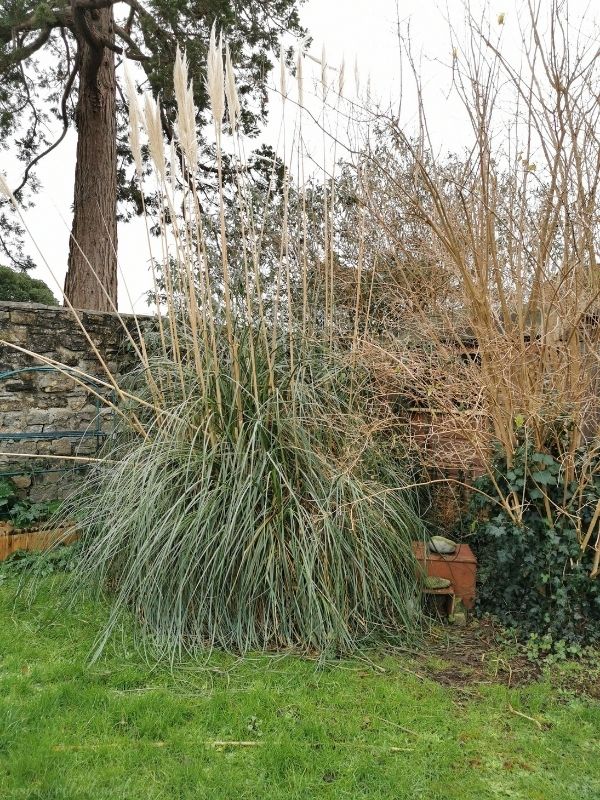I think life has some circles 😊
Over 20 years ago (I have this view before my eyes as if it were today), I first met a hedgehog on my way.
For some reason, I remembered that moment very well, and it touched me a lot.
My next meeting was at Secret World Wildlife Rescue in 2019. And I fell in love at first sight. Sick or injured animals indeed go to the rescue center most often, but the opportunity to observe their behaviour and the convalescence process brings me great joy and satisfaction.
How did my first acquaintance with the hedgehog look like?
For the last 2-3 years, I wondered if we have a hedgehog in the garden. Or actually, why don’t we have it? I blamed it on the fairly busy street, though that probably wasn’t the reason. However, just in case, we didn’t clean the leaves for the winter.
But the more I learned about them, the more hope I felt in myself. I became more attentive and began to observe what was happening in the garden ecosystem. Including looking for excrement. 😀 (I finally knew what to expect 😉). We cut the grass less often, and, apart from the flower beds, we let the garden live its own life. Occasionally we only lightly trim the bushes. I also noticed that this year snails didn’t eat our rhubarb leaves, and fewer Common Rough Woodlouse (Porcellio scaber) hung around strawberries.
On a warm August night, on my way back from volunteering, I met Jerzy for the first time (that’s what we called him with your help). He was marching in front of the house – he was as surprised as I was and quickly scampered into the nearby bushes.
But my dream came true 😊. Hedgehog appeared in the home garden … Since then, I have decided not to close the garden gate, hoping that it will be in a safer place. And so, it happened…
We built a hedgehog house, put it right next to pampas grass (Cortaderia selloana) as it seemed to be quite a shady place. We started to leave hedgehog biscuits at the house, in front of the house, and in the bushes where we met Jerzy. And watch. Now and then, the crisps disappeared, but for me, it was not sufficient proof. There are at least 3 cats in our garden, which could also be tempted.
However, all my doubts were dispelled after installing the camera trap, and we saw Jerzy in full shape.
Jerzy turns out to be a foodie, but he doesn’t overeat. In addition to biscuits, he eats snails, earthworms, and insects. He doesn’t like rain, often hiding from it in his house. But at the same time, rain and moisture make it easier for him to find food. Jerzy has one cat stalker who follows in his footsteps. Fortunately, somehow he deals with it. Besides, he leads a quiet life, devoting himself to garden entertainment 😊.
After 4 months of observation, Jerzy went to sleep.
What is the hedgehog lifecycle?
The European hedgehog’s annual life cycle (Erinaceus europaeus) actually begins in early autumn, when youngers are born. It happens that the female breeds twice (pregnancy lasts about 5-6 weeks), and some hedgehogs are born in late autumn, which significantly reduces their chances of surviving the winter.
Young ones right after birth are tiny, blind balls with several dozen to a hundred small white spines. They literally weigh 20 grams. Mother and young stay in the nest, where they need quiet. A stressed female may kill, eat, or abandon her offspring. For about 4 weeks, the pups are fed only on their mother’s milk. During this period, the mother can feed herself in the late afternoon. We should be sure that we won’t take her from the young. Otherwise, they will not survive.
As hedgehogs age, they start to develop darker and slightly harder spines, which are still quite soft to the touch, like a gentle washing brush 😊. Mom takes them for night walks around the area and teaches them how to get food. Around 8 weeks of age – young hedgehogs become independent and start looking for their hunting place.
Hedgehogs are not very territorial. Although they lead a solitary lifestyle, they allow the presence of another individual in the area.
The older the hedgehog gets, the more spikes it grows (it can be up to 8-10 thousand as hedgehogs also grow throughout their lives), becoming thicker and sharp. In autumn, they are very active. They look for food and stock up for the winter. Late autumn is a critical period for hedgehogs. They must reach a certain minimum weight threshold to survive hibernation. They are also intensely looking for a safe place to sleep.
Where do hedgehogs hibernate?
Hedgehogs look for a shady and quite dry place. They hibernate in the vicinity of a compost heap, in a pile of wood, under sheds. They bury themselves under leaves deep in bushes or in the roots of trees and abandoned burrows. Their hiding place is called a hibernaculum. If the temperature remains below 10°C for at least a few days, it’s a sign that it’s time to sleep.
Although Jerzy had a built house, which he regularly visited, he decided to bury himself deep under pampas grass leaves. According to a friend of the gardener, it is quite a common place for hibernation.
How big should a hedgehog be to hibernate?
It’s assumed that hedgehogs should weigh a minimum of 600 grams. The more, the better. The greater the chance of surviving the winter. Some individuals reach a weight of about 1.8-2 kg.
It’s hard to picture it, so I allowed myself to post a photo from the RSPCA website. If you are unsure if a founded hedgehog is big enough, contact a wildlife rescue center.
The accumulated fat reserves, and more precisely brown adipose tissue – allow them to sustain life functions.
And what happens to the body during hibernation?
On the nipple lowering the temperature of the environment, hormones are secreted that slow down the life processes. Thermoregulation is an energy-intensive process; therefore, body temperature drops from 34° -37°C to 4°-5°C to stay close to ambient temperature.
Generally, during hibernation, metabolism decreases, blood vessels narrow, the heart beats at a rate of several beats per minute, and the respiratory rate decreases, leading to temporary apnea (up to 150 minutes). Brain activity and reactivity decrease. The hedgehog curls into a ball that cannot be opened.
If the temperature in the area is close to 0°C or it is frosty, then the metabolism is increased to keep the body temperature within 5°C. A hedgehog that runs out of supplies earlier due to the harsh winter also wakes up earlier. If the hedgehog’s nest is destroyed and threatens its safety, it wakes up and looks for a new place.
Hibernation is a natural process for hedgehogs, although it is always risky if the animal cannot prepare well for it. Awakening, on the other hand, carries the highest energy cost.
Hedgehogs wake up around March, April, or when the ambient temperature starts to stay around 15°C.
This is also the time when we clean the garden. It is worth bearing in mind that the hedgehog may still be sleeping under a pile of leaves.
Once awake, hedgehogs start pairing up. This is the only time when hedgehogs really become more social. The breeding season is from May to September.
And so, our cycle comes full circle. 😊
We are looking forward to Jerzy waking up.
How to encourage a hedgehog to live in your garden?
To encourage the hedgehog to stay in your garden, try with this:
- leave some places in the garden wild. Let the grass grow; don’t tidy up the leaves. This encourages insects and other invertebrates to show up in the area.
- put a hedgehog house in a shaded and quiet place.
- put out hedgehog dry food (better option) or wet/meaty hedgehog food in the garden in the evening. However, please do not leave it during the day as it attracts flies and other insects when it is warm. These, in turn, leave feaces in them.) You can also leave a good quality cat food, but not fish-flavoured. Hedgehogs have very delicate stomachs. It is also very easy to poison.
- put out a shallow bowl with fresh water. Hedgehogs get the most water from food, but in hot weather and drought, when it is hard to find food, they also look for additional water sources.
- don’t give hedgehogs cow milk! They are lactose intolerant. Don’t give them bread or vegetables. Hedgehogs are carnivores.
- do not use insecticides or anti-snail products in the garden. You can poison the hedgehog this way.
- do not close the garden. If your garden is tightly fenced, the hedgehog will not be able to visit you. Hedgehogs move even within a radius of two kilometers during night feeding. Let him go back to your garden 😊
I hope you enjoy their companion 🙂







Recent Comments